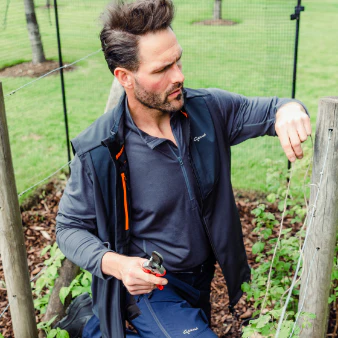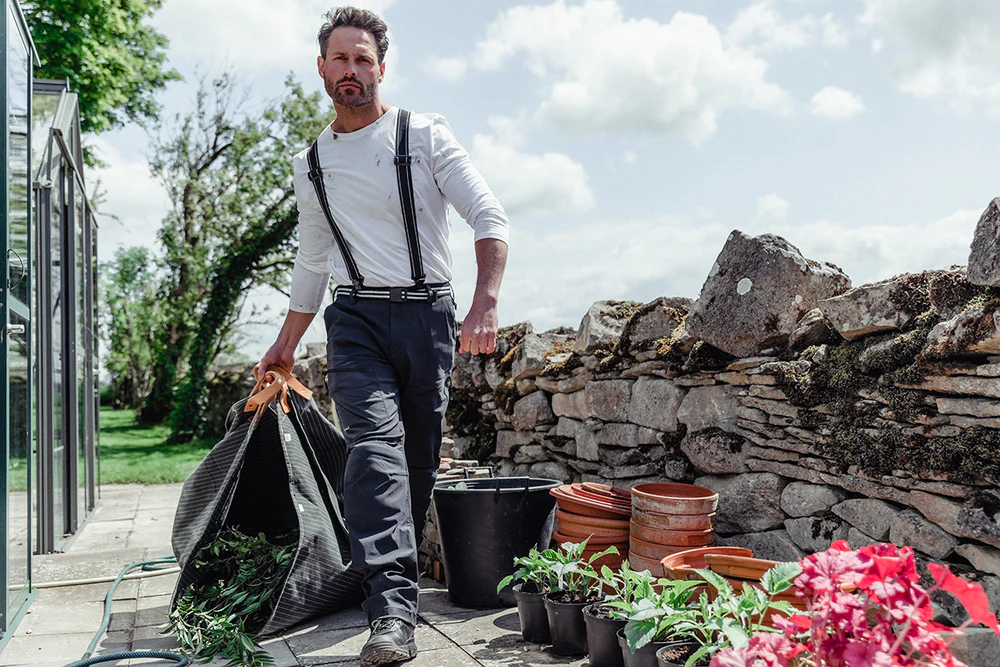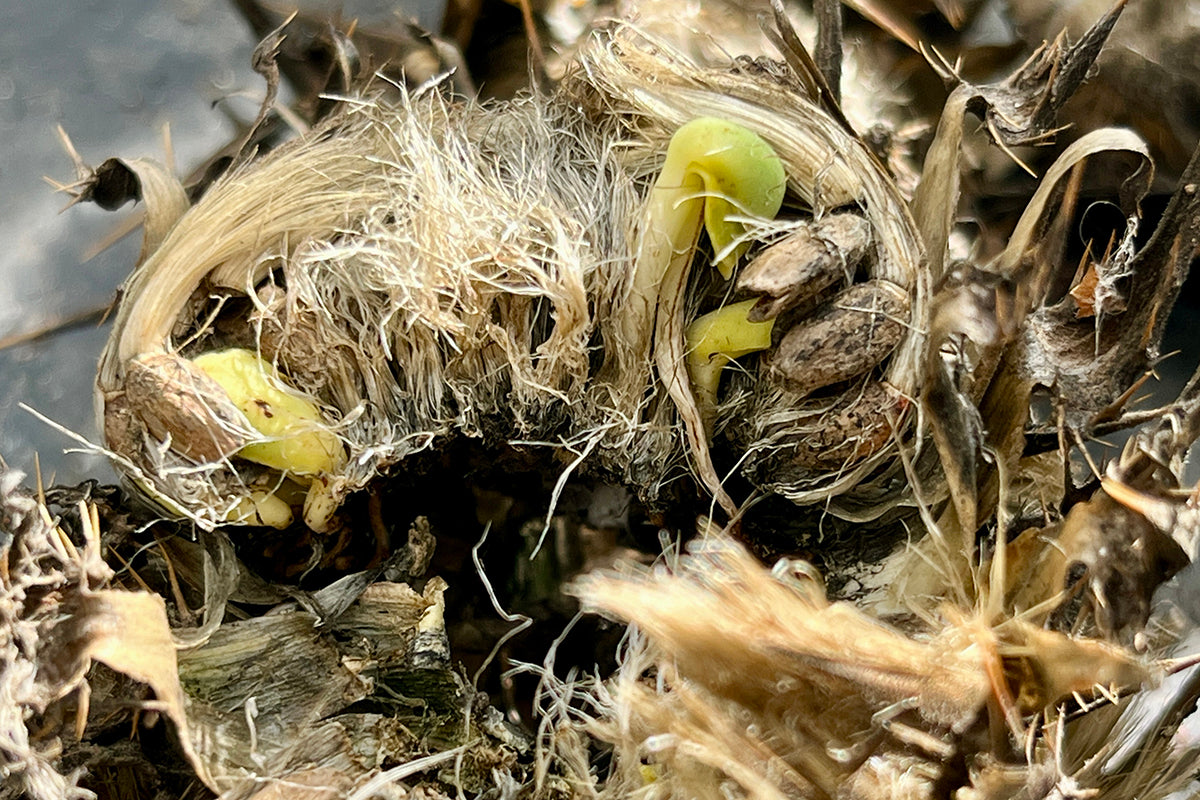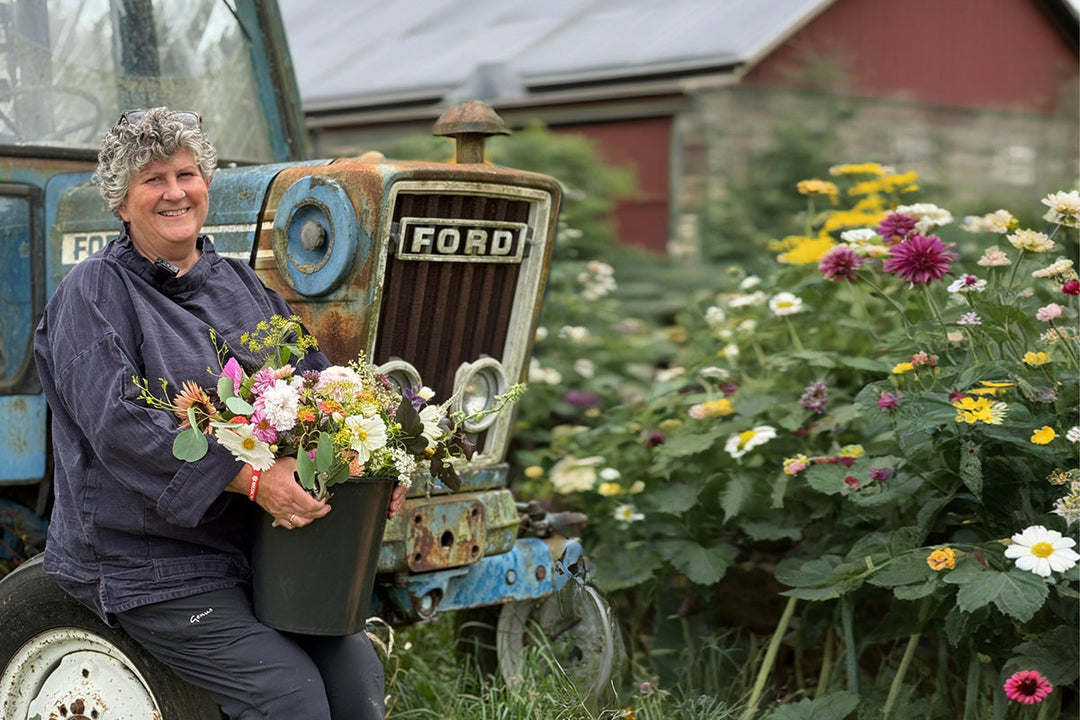Plant folklore - snowdrops
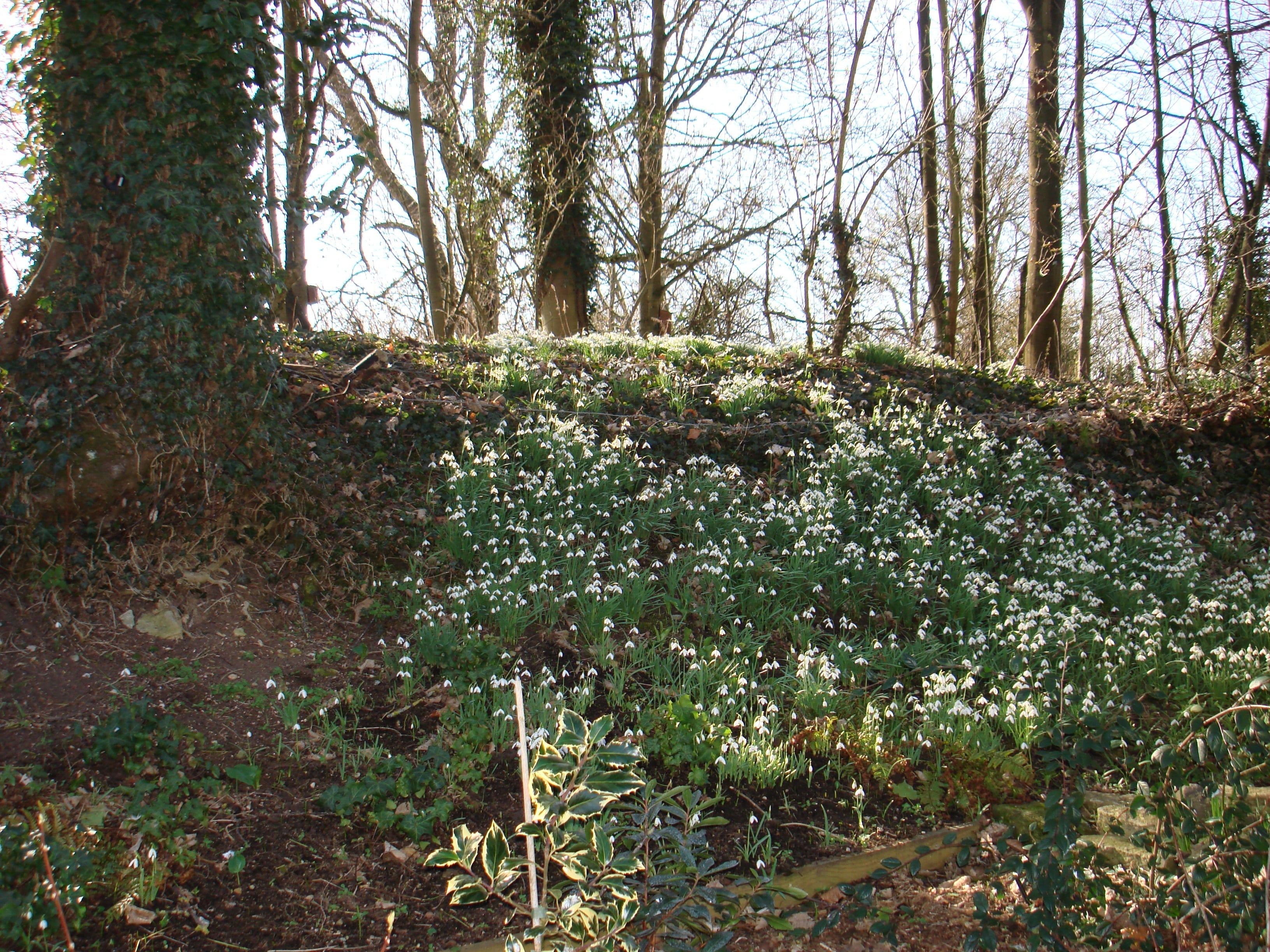
It’s surprising for a plant that has become so entrenched in folklore that snowdrops are not actually indigenous to Britain. While the precise date of their introduction remains a subject of debate, historical records suggest their initial cultivation as ornamental specimens may have been at some point in the sixteenth century. Documented evidence of naturalized populations in the wild environment did not emerge until the latter decades of the eighteenth century.
Many names have been given to snowdrops over the centuries, revealing fascinating stories about what these delicate flowers meant to different people and cultures. There are the snow-related names like ‘Snow-bells’ and ‘Snow-piercer.’ Then there's a charming German folktale telling of the flower being named after snow's whiteness, and how snow got its colour by borrowing it from the generous snowdrop. There are the simple white-themed names like ‘White-bells’ and ‘White-ladies, which connect to pagan beliefs where the colour white represents strength and vitality, playing an important role in celebrations like the pagan festival of Imbolc that marks the beginning of spring.
Religious connections show up in names like ‘Candlemas bells’ and ‘Mary's taper,’ showing how the flower found its way into Christian traditions, especially around Candlemas. Names like ‘Purification flower’ highlight beliefs about the flower's cleansing properties, though interestingly, some regions considered it bad luck to bring snowdrops indoors.
Perhaps most compelling are the darker associations reflected in names like ‘Death's flower’, inspired by their shroud-like petals, their presence in graveyards, and their connection to the myth of Persephone. Despite these sombre links, snowdrops are ultimately seen as harbingers of hope, celebrated especially in Russia where ‘Snowdrop Day’ marks the welcome end of winter.



